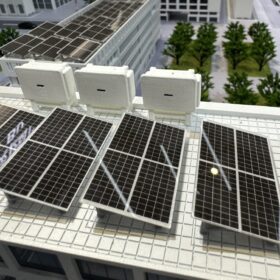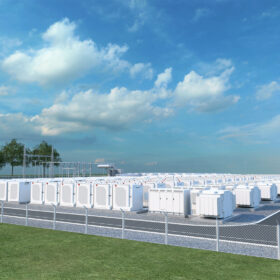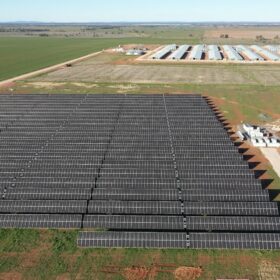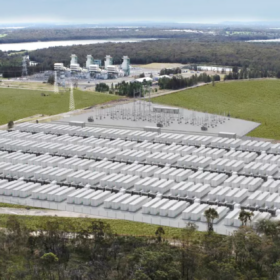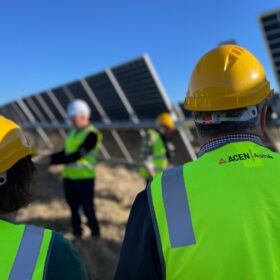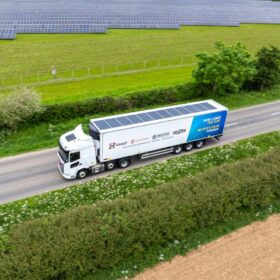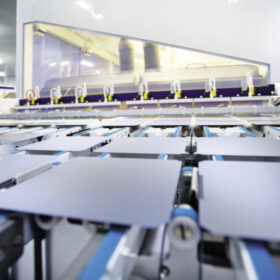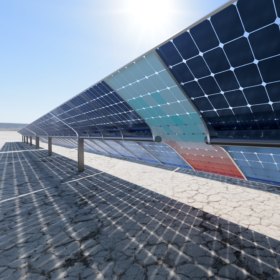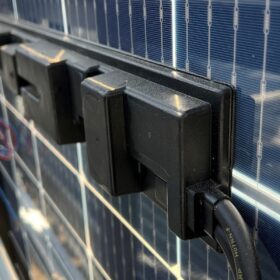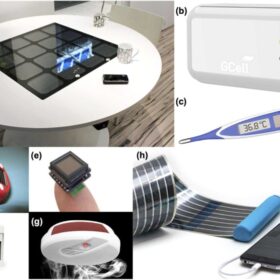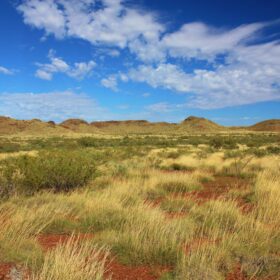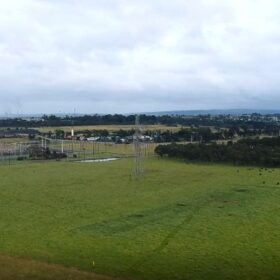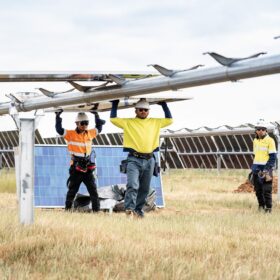How long do residential solar panels last?
Multiple factors affect the productive lifespan of a residential solar panel. In the first part of this series, we look at the solar panels themselves.
Macquarie’s Eku gets green light for 500 MWh Canberra big battery
The way has been cleared for construction to begin on a 250 MW / 500 MWh battery energy storage system that will help “future proof” the Australian Capital Territory’s energy supply by reducing the load on Canberra’s electricity network and increasing network reliability.
Smart Commercial puts off-grid solar and battery system to work
Renewable energy solutions provider Smart Commercial Solar has unveiled a “ground-breaking” hybrid microgrid that combines 3.98 MW of PV, 4.4 MWh of battery energy storage and an 11 kV private distribution network to help power a large-scale poultry farm in southwest New South Wales.
Australia rated global leader in hybrid solar and battery energy solutions: whitepaper
Australia’s leadership in hybrid solar and battery energy storage solutions features prominently in a new whitepaper released by global energy company Hitachi Energy, which examines trends and technology solutions for more modular and distributed networks.
Acen launches approvals process for Cooma solar and battery project
The Australian arm of Philippines-based energy company Acen Corporation has launched the approvals process for a major grid-connected solar and battery energy storage project to be built near the town of Cooma in the New South Wales Snowy Mountains region.
Sunswap rolling out PV-powered transport refrigeration
United Kingdom–based technology company Sunswap has launched Endurance, an electric transport refrigeration system with integrated battery and solar PV. It is built to compete with diesel-powered systems.
Bigger is better as module makers power ahead
Larger wafer and module sizes have had a profound influence on module power output in recent years but standardisation appears to have taken hold, with no further increases evident in module data, according to Molly Morgan, a senior research analyst at Exawatt, which is now part of the CRU Group.
PV Lighthouse lands new funding to develop PV modelling platform
Australian software developer PV Lighthouse has secured almost $2 million in federal to drive the continued development of its SunSolve Yield advanced simulation engine that is designed to improve yield forecasting for utility-scale solar projects.
Researchers develop ‘communicative’ PV panels
A German research team is conducting practical tests to see how solar modules with integrated radio technology can be linked to form an overall network. The “communicative” panels should represent a simple and cost-effective solution for monitoring and controlling small-scale photovoltaic systems.
All indoor PV technologies at a glance
A review of indoor PV cell technologies by an international research team delves into recent progress, characterisation, and design strategies used to develop highly efficient cells. The study presents 250 commercial and laboratory devices, as well as applications and performance reporting.
